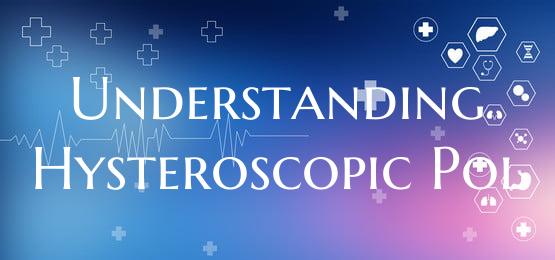
Understanding Hysteroscopic Pol
Hysteroscopic polyps are abnormal, noncancerous growths that develop in the lining of the uterus, known as the endometrium. These polyps can vary in size and shape and may occur singly or in clusters. While most hysteroscopic polyps are benign, they can cause symptoms and complications that affect a woman’s reproductive health and overall well-being.
Causes of Hysteroscopic Polyps: The exact cause of hysteroscopic polyps is not always clear, but they are believed to develop in response to the hormone estrogen. Factors that may contribute to the formation of these polyps include hormonal imbalances, chronic inflammation of the endometrium, or genetic predisposition.
Symptoms of Hysteroscopic Polyps: Symptoms of hysteroscopic polyps can vary among individuals and may include: - Abnormal uterine bleeding, such as heavy or irregular periods - Bleeding between periods - Pain or discomfort in the pelvic region - Infertility or recurrent miscarriages
Diagnosis and Treatment Options: Hysteroscopic polyps are typically diagnosed through a hysteroscopy, a procedure in which a thin, flexible tube with a camera is inserted into the uterus to visualize the polyps. Once diagnosed, treatment options for hysteroscopic polyps may include: - Hysteroscopic polypectomy: A minimally invasive procedure to remove the polyps using a hysteroscope. - Hormonal medications: In some cases, hormonal medications may be prescribed to shrink or prevent the growth of polyps. - Surgical removal: In cases where polyps are large or causing significant symptoms, surgical removal may be recommended.
It is important to consult with a healthcare provider if you experience symptoms of hysteroscopic polyps to determine the appropriate diagnosis and treatment plan. Early detection and management of hysteroscopic polyps can help alleviate symptoms, improve fertility outcomes, and prevent complications in the future.